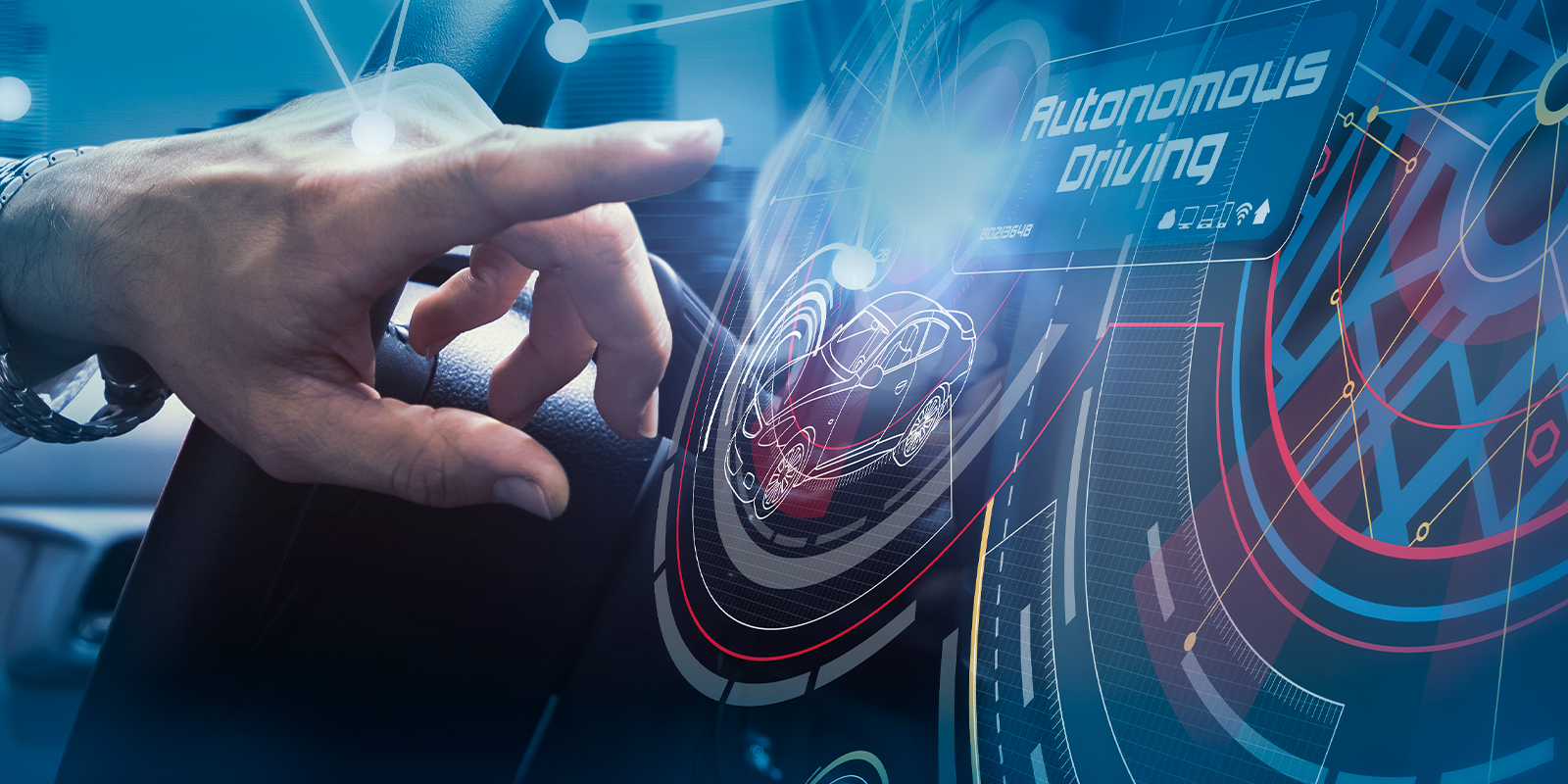
Arizona County Attorney Finds Uber Not Criminally Responsible In Autonomous Vehicle Crash
In March 2018, an autonomous testing vehicle operated by Uber Technologies struck a woman in Tempe, Arizona, as she was walking her bicycle across the street. The vehicle was operated by a self-driving system in computer control mode with a safety driver behind the wheel.
Although Tempe is located in Maricopa County, the case was referred to Yavapai County to avoid any potential conflict of interest after Maricopa County announced that it had previously participated with Uber in a public safety campaign. In a March 4, 2019 letter, Yavapai County Attorney Sheila Sullivan Polk wrote: "After a very thorough review of all evidence presented, this office has determined that there is no basis for criminal liability for the Uber corporation arising from this matter." The office did not provide any further explanation of the reasons for its decision.
The safety driver inside the vehicle at the time of the collision could still face further investigation. Last June, the Tempe Police Department released a report stating that the driver was streaming the television show "The Voice" on her phone in the minutes leading up to the crash. Dashcam video footage also shows the driver looking downward in the seconds before the crash. The Yavapai County Attorney recommended an expert analysis of all of the video "to closely match what (and when) the person sitting in the driver's seat of the vehicle would or should have seen that night given the vehicle's speed, lighting conditions, and other relevant factors."
Aside from being one of the first cases of its kind to grapple with the potential liability of autonomous vehicle manufacturers and operators in the event of a crash, the Arizona case can also provide additional guidance for manufacturers and operators as they develop the systems and technology to help ensure the safety of passengers and pedestrians, including on issues such as the role of safety drivers in testing phases, balancing performance and safety, and what agreements, indemnification, or releases should be considered for drivers or passengers.


